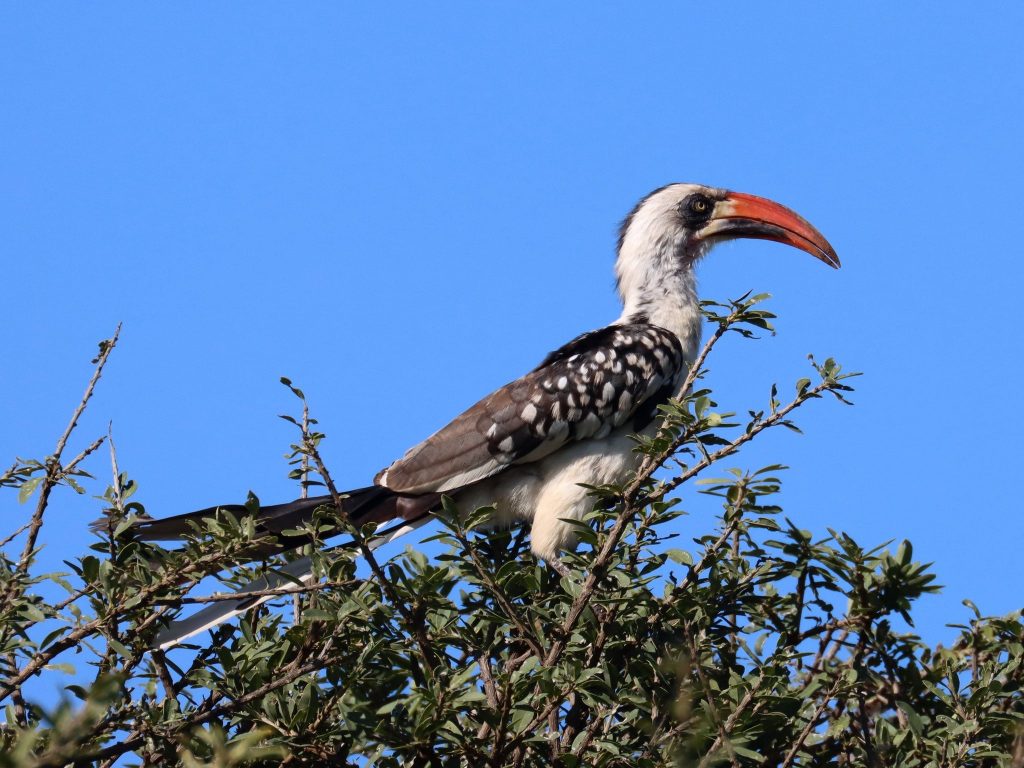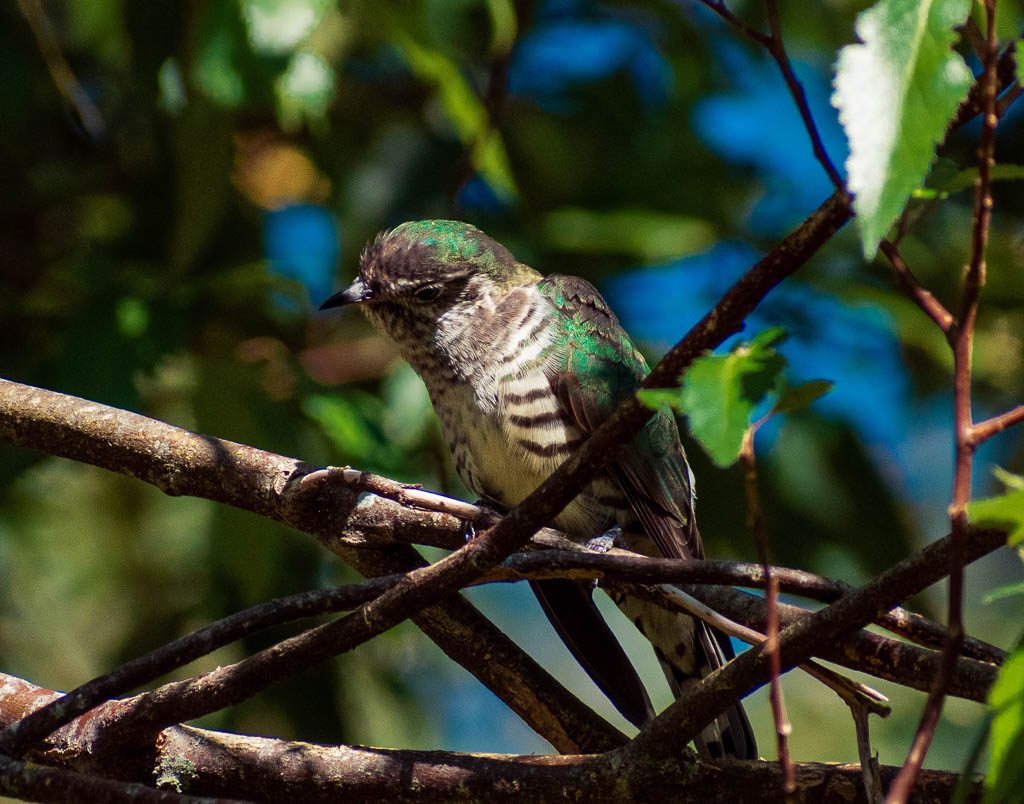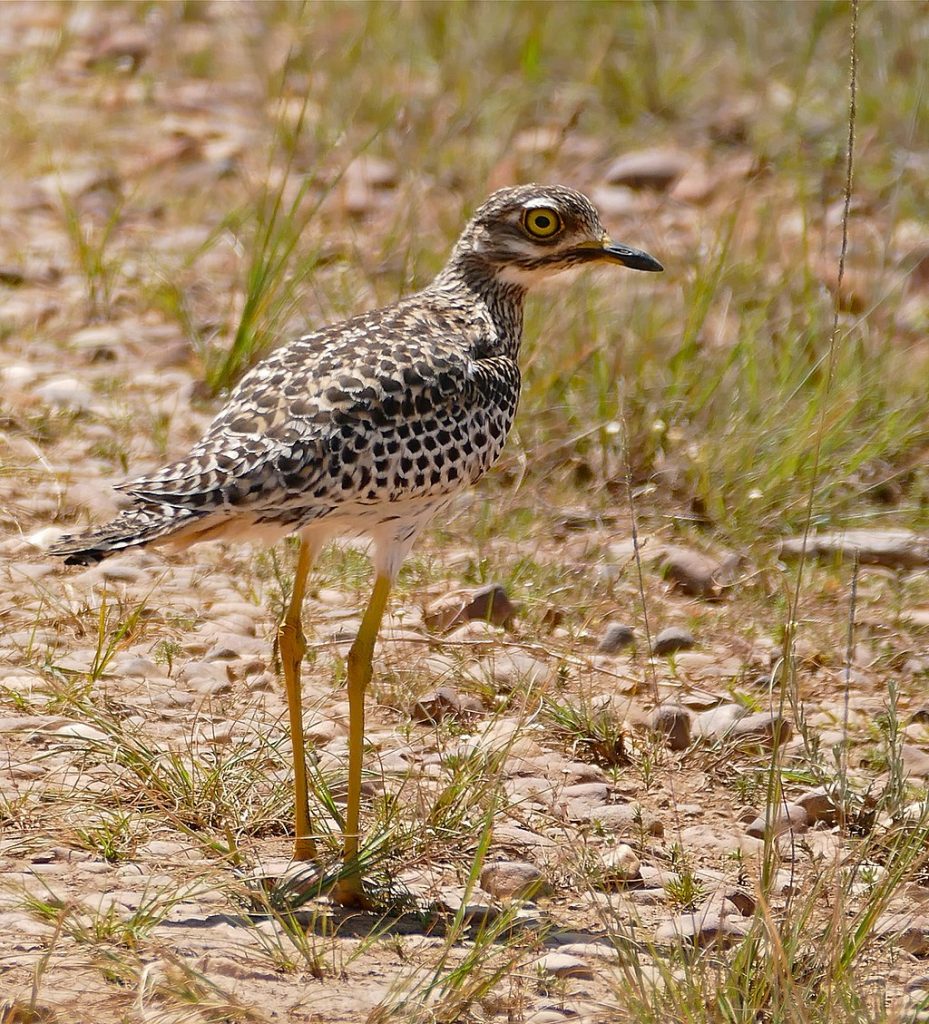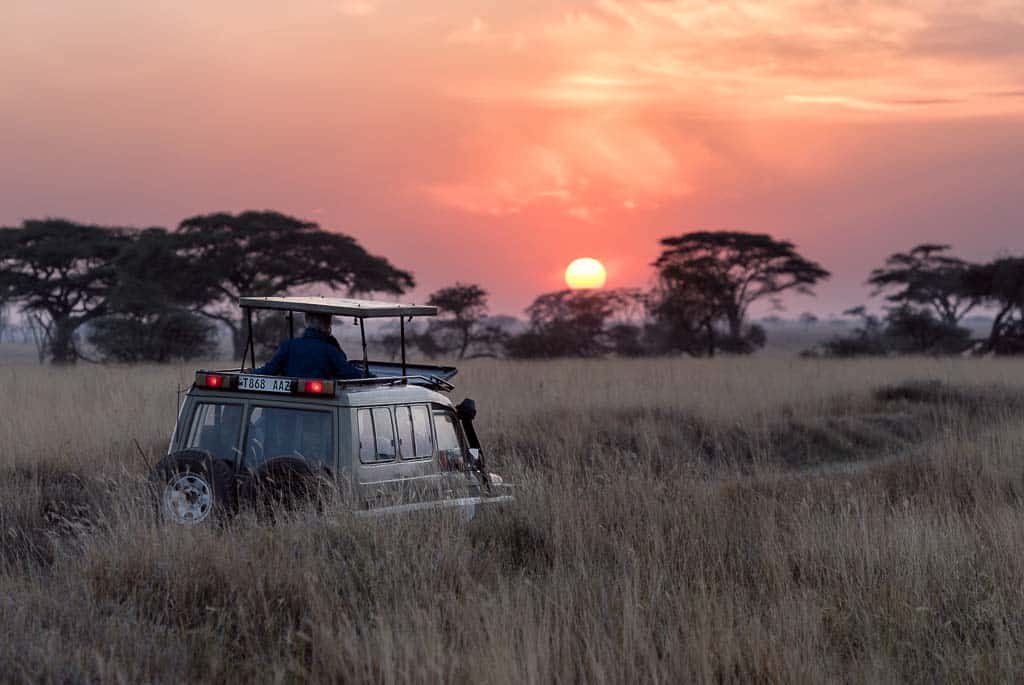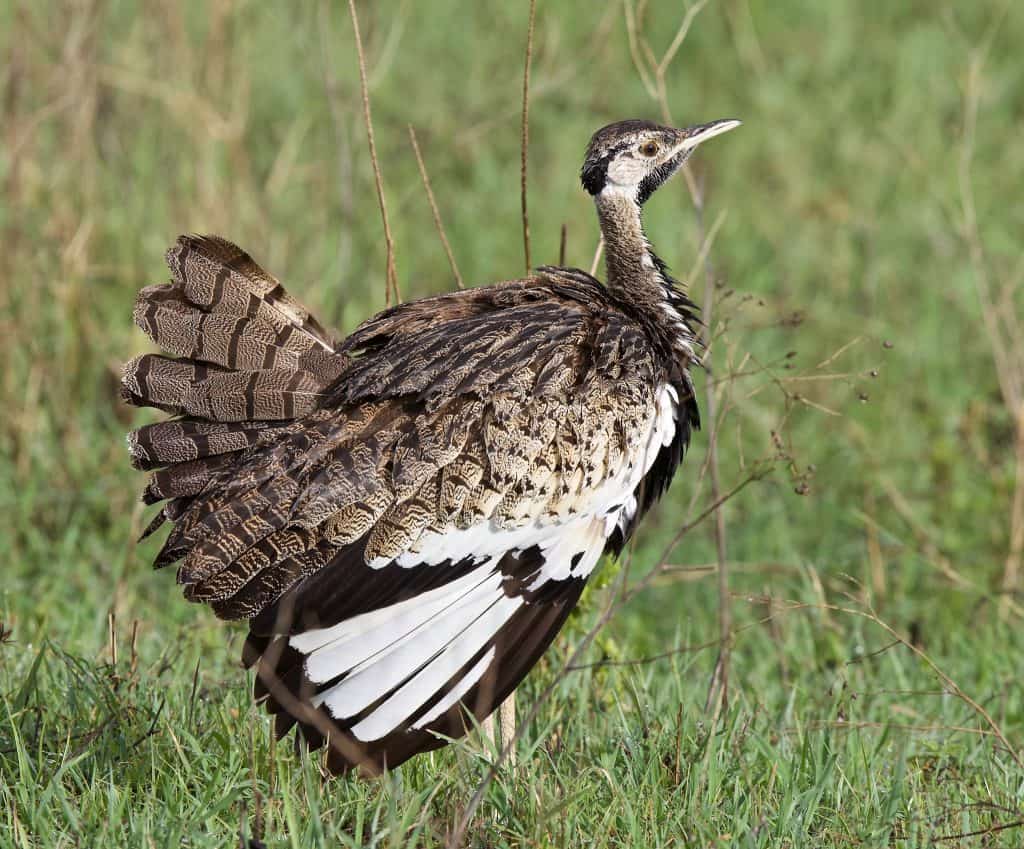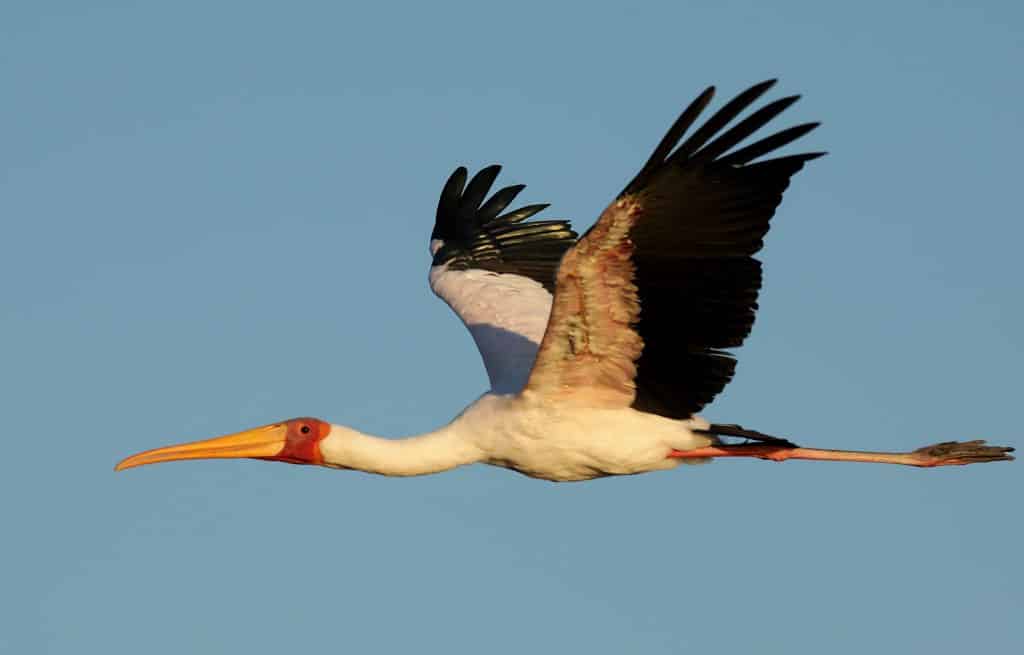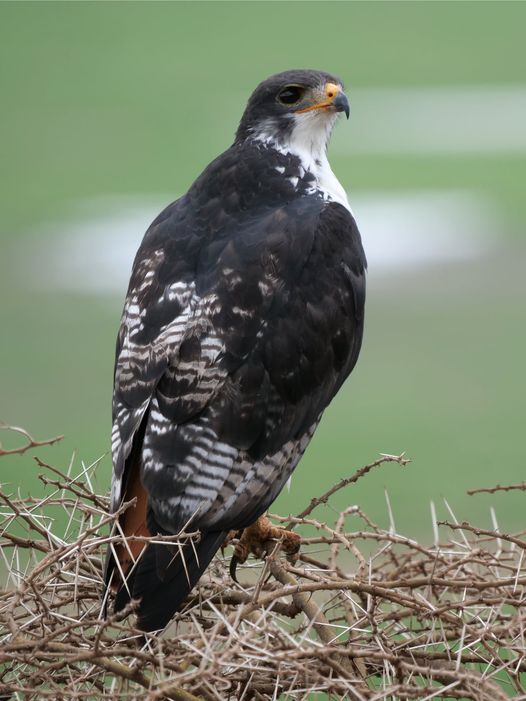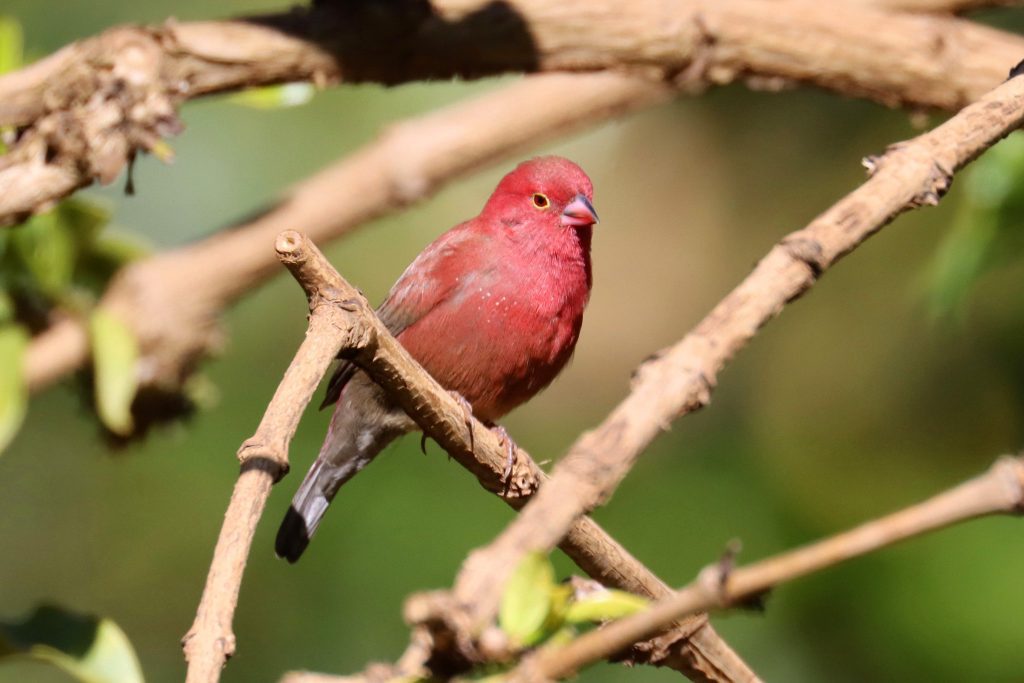- tours@tanzaniabirding.com
- +255 754 286058
Blog
The quirky bird with a smaller red horn – Tanzanian Red-Billed Hornbill
The Tanzanian Red-Billed Hornbill (Tockus ruahae) is found in open, wooded savanna with sparse groundcover, especially areas heavily trampled by game or livestock, and feeds mostly on insects, small mammals, and rarely, on seeds and fruit. They are common on alluvial flood plains with occasional large trees, and in Mopane Colophospermum mopane woodland; wanders into more open […] Read more
Diedericks Cuckoo – the bird whose call is it’s name
The Diedericks Cuckoo has a very distinctive call, which just so happens to sound much like its name. It is known for its plaintive high-pitched fluty whistles, dee-dee-deederik, rising and falling in pitch, repeated at regular intervals. Identification The Cuckoo is 18-20 cm in size. The sexes are dimorphic in plumage coloration with the female being […] Read more
Can you see the Spotted Thick-knee on our birding tours?
The answer to this question is ‘Yes’. The Spotted Thick-knee is native to the grasslands and savannahs of sub-Saharan Africa and Mauritania in the west to Ethiopia, Kenya, Tanzania and South Africa in the east and south. The Spotted Thick-knee (Burhinus capensis), also known as the Spotted Dikkop or Cape Thick-knee, is a wader in the family Burhinidae. Spotted Thick-knee Identification The Spotted […] Read more
5 Travel niches expected to have explosive growth in 2021
2021 is here; and hopefully with it, some relief for travel and tour operators. The world has spent the last 12 months willing this year to come sooner. It is the year pregnant with the possibility of relief from a pandemic that has plagued every inch of our lives. We are not only anticipating the […] Read more
The feathered and the nestless Black-bellied Bustard
Hearing a Black-bellied Bustard is an unusual experience. They have a rather striking call. Identification assistance The male and female Bustard differ in their plumage and colours. The adult male has: Long legs and long slender neck. Large whitish cheek patch extends down sides of neck to form large white patches on either side of […] Read more
Tips for when you book your birding tour air ticket
Your birding trip is booked, and now it is time to book your air ticket. This can prove to be quite costly, so will require a little research to make sure that you are getting good value for money. You need to be aware that there are sometimes hidden costs or additional costs should you […] Read more
Why you should see the Yellow-billed Stork on a birding tour
Seeing a Yellow-billed Stork (Latin name – Mycteria Ibis) is an unusual experience. They are not small birds, which makes for an interesting sighting. The Yellow-billed Stork is a large wading bird in the stork family – Ciconiidae, but although one may expect them to be ungainly, they have extremely quick reflexes. Identification assistance One […] Read more
How to choose the perfect birding tour for you
Birding is more than just a hobby. It turns out it has become as popular as … well… a phenomenon. So choosing the right Company to ensure that you have a birding tour that suits you can be a little bit daunting. The key in picking the right touring Company most likely lies in asking […] Read more
Augur Buzzard – A guaranteed sighting with Tanzania Birding
The joy of birding is best shared, and so, this week, the bird we are following is the Augur Buzzard. The Augur Buzzard is a fairly common bird that is nomadic in response to the supply of available prey. Distribution They are commonly found on rocky outcrops in the mountainous country as well as in […] Read more
The Red-billed Firefinch – for a more vibrant birding experience
Following hot on the heels of our Facebook bird of the week post, we present our bird of the week as the Red-billed Firefinch (Lagonosticta senegala). The Red-billed Firefinch or Senegal Firefinch is a small gregarious passerine bird. There are two types in East Africa, which are: Lagonosticta senegala ruberrima Reichenow, which occur in most […] Read more

